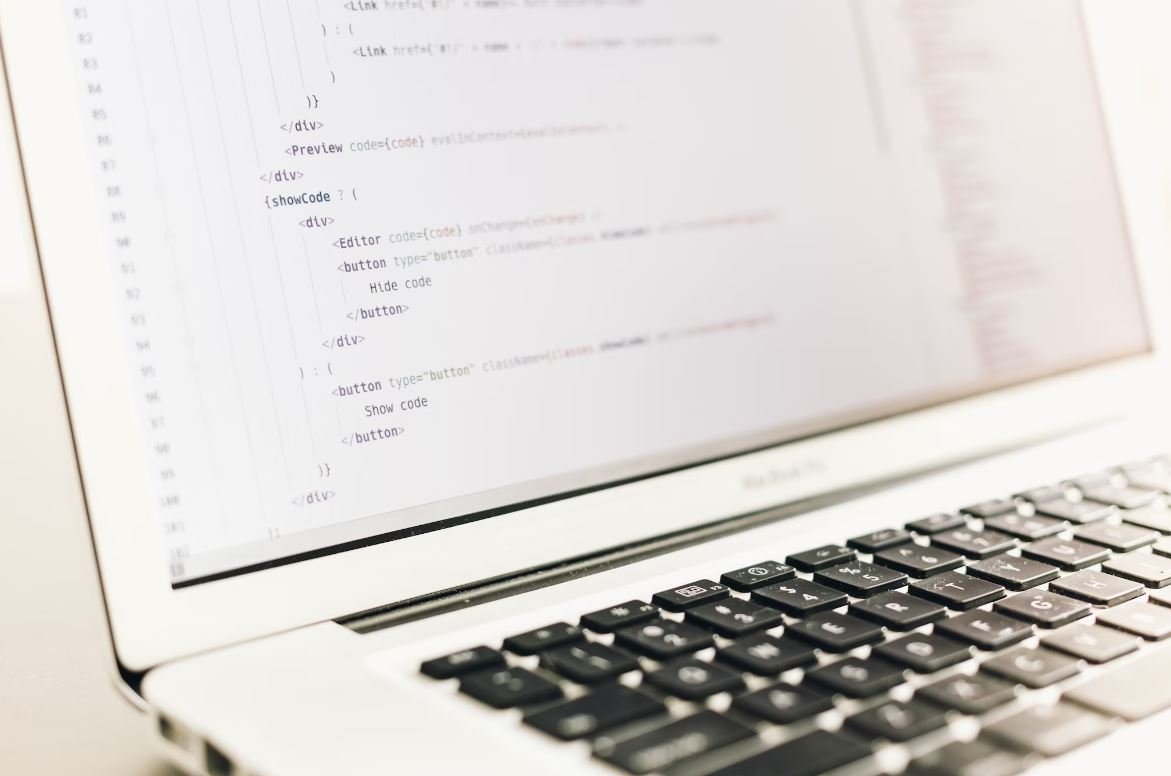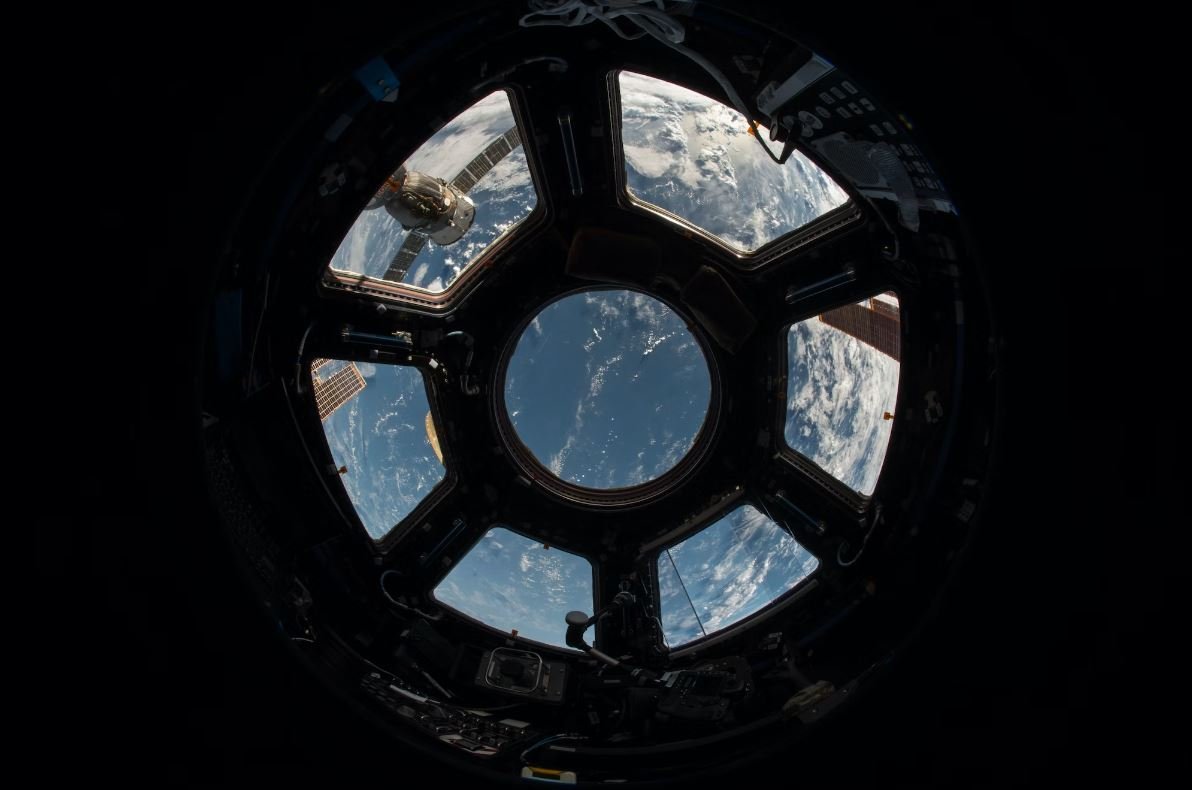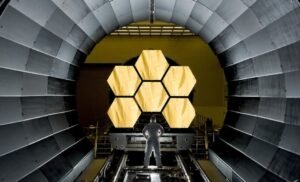Deepfake Meaning
In recent years, the term “deepfake” has gained significant attention, and its implications have sparked debates around the world. Deepfakes refer to synthetic media or manipulated videos that use artificial intelligence (AI) to replace or superimpose content onto an original video. These videos are so realistic that it becomes difficult to distinguish them from real footage. With the rise of deepfake technology, concerns surrounding its potential misuse have become more prevalent.
Key Takeaways
- Deepfakes are synthetic videos created using AI algorithms to manipulate and replace content in an original video.
- Deepfake technology poses significant challenges in identifying real videos from manipulated ones.
**Deepfake technology** has rapidly evolved, making it increasingly difficult to detect manipulated videos. The AI algorithms used in deepfakes analyze and learn from vast amounts of training data to generate realistic and often convincing videos. The primary purpose of **deepfakes** varies, ranging from harmless entertainment to malicious intent, such as spreading disinformation or blackmail. With this technology, anyone with access to the necessary tools and expertise can create deepfake videos, making it a significant concern in today’s digital age.
One interesting aspect of deepfake technology is its potential to revolutionize the entertainment industry. With deepfake techniques, filmmakers can now resurrect deceased actors on screen or seamlessly change an actor’s appearance. This opens up new creative opportunities and can enhance storytelling in ways previously unimaginable. However, it also raises ethical concerns and challenges surrounding consent and privacy.
Challenges in Detecting Deepfakes
Deepfakes present several challenges when it comes to identifying their authenticity. Traditional methods of verifying videos, such as examining metadata or analyzing the source, are often ineffective against deepfake technology. Some of the key challenges in detecting deepfakes include:
- Realistic visual quality that makes it difficult for human observers to spot discrepancies.
- Advancements in AI algorithms that continuously improve the quality of deepfake videos.
- Ability to generate manipulated videos at a rapid pace, making detection and verification time-consuming.
*Despite the challenges*, researchers and technology companies are actively working on developing advanced methods to detect deepfakes. Techniques such as forensic analysis, which involves examining subtle visual and audio artifacts, and deep learning algorithms show promise in identifying manipulated videos. However, the arms race between deepfake creators and detection methods is ongoing, highlighting the need for continued research and innovation in this field.
The Impact of Deepfakes
The emergence of deepfake technology has far-reaching consequences in various aspects of society. Here are some of the potential impacts of deepfakes:
- Spreading disinformation and misinformation, leading to public distrust in news and information sources.
- Giving rise to new forms of cybercrime, such as identity theft and fraud.
- Undermining the credibility of evidence in legal proceedings.
- Manipulating public opinion and influencing elections.
It is crucial for individuals, organizations, and governments to be aware of the implications of deepfakes and take necessary precautions to mitigate their negative effects. Promoting media literacy, investing in deepfake detection technologies, and implementing strict regulations can help combat the potential harm caused by deepfake videos.
Deepfake Detection Tools
With the growing threat of deepfakes, numerous companies and organizations have developed tools and platforms to counter this technology. Here are three notable deepfake detection tools:
| Tool | Description | Features |
|---|---|---|
| Microsoft Video Authenticator | A tool that analyzes videos to provide a confidence score indicating the likelihood of a deepfake. | Real-time detection, forensic analysis, integration with other platforms. |
| Deeptrace | A platform that detects and analyzes deepfake videos across social media platforms to assist in content moderation. | Automated scanning, real-time alerts, user-friendly dashboard. |
| Sensity | A comprehensive solution for deepfake detection, tracking, and reporting. | Deepfake search, monitoring, analysis, blacklisting. |
Conclusion
Deepfake technology brings both opportunities and challenges to various industries, from entertainment to national security. The ability to create convincing synthetic media raises concerns about the manipulation of information and the potential harm it can cause. As deepfake algorithms become more sophisticated, the need for robust detection methods and responsible use of this technology becomes increasingly crucial.

Common Misconceptions
Deepfake Technology is Perfect
One common misconception about deepfake technology is that it is flawless and indistinguishable from reality. While deepfakes have become incredibly realistic, they are not perfect and can still possess subtle errors or artifacts that discerning viewers can identify.
- Deepfakes often struggle with accurately replicating subtle facial expressions.
- Sometimes, the movement of the face doesn’t perfectly sync with the audio, giving away its artificial nature.
- Deepfakes may still struggle with replicating the unique characteristics and mannerisms of individuals.
Deepfakes are Always Used for Malicious Purposes
Another common misconception is that deepfakes are solely created for malicious purposes, such as spreading disinformation or defamation. While these concerns are valid, it is important to remember that deepfake technology can also be used for legitimate and positive applications such as entertainment or enhancing visual effects in movies.
- Deepfake technology can be utilized to bring deceased actors back to the screen for a limited cameo appearance.
- In the film industry, deepfakes can be used to digitally de-age or age actors for flashback or futuristic scenes.
- Deepfake technology can revolutionize the visual effects industry by providing more efficient ways to create realistic and believable computer-generated imagery.
Deepfakes are Easy to Spot
Contrary to popular belief, deepfakes are not always easily identifiable. As the technology advances, so does the ability to create highly convincing and difficult-to-detect deepfake videos. The perception that deepfakes can be easily spotted may lead to a false sense of security and increase the risk of falling for sophisticated deepfake scams or misinformation.
- Deepfakes can employ advanced algorithms that make it challenging to identify any visual inconsistencies.
- Audio deepfakes using artificial intelligence can reproduce a person’s voice with remarkable accuracy.
- The accessibility of deepfake creation tools has expanded, making it easier for individuals with malicious intent to produce convincing deepfake content.
Deepfakes are Only a Threat in the Political Realm
While there have been prominent examples of deepfakes used in political contexts, it is incorrect to assume that deepfakes are only a threat in the political realm. Deepfake technology poses risks across various areas, including entertainment, business, personal privacy, and even relationships.
- Deepfakes could be used to manipulate stock prices or defame businesses.
- Personal relationships can be targeted through deepfake videos, causing emotional harm and damaging reputations.
- Deepfakes can be leveraged to deceive individuals into fraudulent activities, posing a threat to personal and financial security.
Deepfakes Cannot be Counteracted
Despite the potential dangers associated with deepfakes, it is essential to dispel the misconception that deepfakes cannot be counteracted. While the battle against deepfakes is ongoing, researchers and technology experts are actively developing methods to detect, prevent, and mitigate the impact of deepfake content.
- Advanced machine learning algorithms can be utilized to analyze videos and spot potential deepfake indicators.
- Collaboration between technology companies, researchers, and law enforcement agencies can lead to the development of robust deepfake detection tools.
- Public awareness campaigns can educate individuals about the existence of deepfakes, enabling them to be more cautious and critical consumers of digital media.

Deepfake Technology Usage
The following table provides examples of how deepfake technology is being used in various industries:
| Industry | Usage |
|---|---|
| Entertainment | Recreating deceased actors in movies and TV shows. |
| Journalism | Generating realistic news anchors for reporting. |
| Politics | Manipulating videos to spread disinformation or create fake speeches. |
| Advertising | Using celebrity faces to endorse products without their consent. |
Deepfake Detection Methods
This table showcases different methods used to detect deepfake videos:
| Method | Advantages | Limitations |
|---|---|---|
| Facial Analysis | Can detect inconsistencies in facial expressions. | Struggles with high-quality deepfakes that mimic real movements. |
| Audio Analysis | Detects discrepancies in voice patterns. | Relies on good quality audio recordings for accurate analysis. |
| Meta Data Analysis | Examines data embedded in video files for signs of manipulation. | Does not work if the metadata has been properly altered or removed. |
Impact of Deepfakes on Society
Explore the potential impact deepfake technology may have on society:
| Aspect | Impact |
|---|---|
| Politics | Influence public opinion, sow distrust, and disrupt elections. |
| Privacy | Compromises personal privacy and security. |
| Entertainment | Raises ethical concerns around the authenticity of performances. |
| Identity Theft | Facilitates impersonation and identity fraud. |
Real vs. Fake – Can You Spot the Difference?
In this interactive table, try to discern the real image from the deepfake:
| Image | Real or Deepfake? |
|---|---|
 |
Real |
 |
Deepfake |
Commonly Targeted Individuals
The table below reveals individuals often targeted for deepfake manipulation:
| Individual | Reason |
|---|---|
| Celebrities | Sensational headlines and viral controversy drive clicks. |
| Politicians | Undermine credibility and manipulate public perception. |
| Journalists | Discredit truth and promote misinformation. |
Deepfake Creation Process
Discover the steps involved in creating a deepfake video:
| Step | Description |
|---|---|
| Data Collection | Gather a large dataset of images and videos of the target person. |
| Model Training | Use machine learning algorithms to train a deepfake model. |
| Face Mapping | Apply the trained model to map the target’s face onto another video. |
| Post-Processing | Refine the deepfake video to improve its visual quality. |
Legislation against Deepfakes
Explore how different countries are addressing deepfake legislation:
| Country | Legislation |
|---|---|
| United States | Several states have enacted laws criminalizing malicious deepfake use. |
| China | Passed laws requiring disclosure if a video has been modified. |
| Germany | Imposing severe penalties for using deepfakes to defame individuals. |
Deepfakes in the Art World
This table explores the growing impact of deepfakes in the art world:
| Art Form | Deepfake Application |
|---|---|
| Paintings | Bringing historical figures to life in animated artworks. |
| Dance | Recreating famous dancers’ performances using deepfake technology. |
| Music | Generating deepfake voices to imitate renowned singers. |
Fight Against Deepfakes
Learn about the initiatives and organizations fighting against deepfake technology:
| Initiative | Description |
|---|---|
| Deepfake Detection Challenge | An ongoing competition encouraging the development of better detection methods. |
| DeepTrust Alliance | An alliance of tech companies and researchers working together to combat deepfakes. |
| Academic Research | Studies and papers exploring the vulnerabilities and countermeasures of deepfakes. |
Deepfake technology poses significant challenges in different fields, from entertainment to politics to privacy. It has the potential to deceive, manipulate, and exploit, raising concerns for society. However, efforts are underway to detect and combat these synthetic media creations. Through the use of advanced algorithms and legislation, along with ongoing research and collaboration, it is possible to mitigate the risks associated with deepfakes and protect the authenticity of information and trust in visual media.
Frequently Asked Questions
What is the meaning of deepfake?
A deepfake refers to synthetic media, typically videos, that have been created using artificial intelligence (AI) techniques such as deep learning. These media are manipulated or altered to make it seem like someone did or said something they did not.
How do deepfakes work?
Deepfakes are generated using deep learning algorithms, specifically generative adversarial networks (GANs). GANs consist of two components: a generator network and a discriminator network. The generator network creates the manipulated media, while the discriminator network tries to distinguish between real and fake media. Through an iterative training process, the generator becomes better at producing realistic deepfakes, while the discriminator becomes more skilled at detecting them.
What are the potential risks and dangers associated with deepfakes?
Deepfakes can have significant negative implications, as they can be used to spread misinformation, deceive people, jeopardize reputations, and manipulate public opinion. They can also be used for malicious purposes, such as revenge porn, harassment, and fraud. The potential for deepfakes to be used in political and social contexts to manipulate or deceive the public is a grave concern.
What measures are being taken to mitigate the risks of deepfakes?
Various organizations, including tech companies, research institutions, and governments, are actively working on developing tools and techniques to detect and combat deepfakes. These measures involve advancements in AI-based deepfake detection algorithms, development of digital forensics techniques, and policy frameworks to address the legal and ethical implications of deepfake technology.
How can I identify if a video or image is a deepfake?
Identifying deepfakes can be challenging, but there are some signs to look out for. These include visual artifacts, inconsistencies in facial expressions or movements, unnatural looking appearance, and unusual behavior or speech patterns. However, as deepfake technology improves, it may become even harder to detect them visually.
Are there any positive applications of deepfake technology?
While deepfakes are commonly seen in a negative light, there are potential positive applications as well. For instance, deepfake technology can be used in entertainment and filmmaking to create realistic special effects. It can also be employed in educational settings to simulate historical figures or enhance accessibility for individuals with disabilities.
Is it legal to create and share deepfakes?
The legality of creating and sharing deepfakes varies by jurisdiction. In many places, using deepfakes for malicious purposes, such as revenge pornography or fraud, is illegal and can result in criminal charges. However, the laws and regulations surrounding deepfakes are still evolving, and the legality may differ from one region to another.
How can we protect ourselves from the negative impact of deepfakes?
To protect ourselves from the negative impact of deepfakes, it is crucial to improve media literacy and critical thinking skills. It is important to be cautious of the content we consume, verify information from multiple sources, and be aware of the potential for deepfake manipulation. Additionally, supporting research and development of deepfake detection technology can aid in combating the spread of deceptive content.
Can deepfake technology be used for voice manipulation as well?
Yes, deepfake technology can be used for voice manipulation. Deep learning algorithms can be trained to generate synthetic voices that resemble real ones. This has implications for voice authentication systems and impersonation attempts, making it even more challenging to verify the authenticity of audio recordings.
Will the development of deepfake technology continue to evolve?
As with many areas of technology, the development of deepfake technology is likely to continue evolving at a rapid pace. Advances in AI algorithms and computing power will likely lead to more sophisticated deepfakes that are harder to detect. It is essential for researchers, policymakers, and society as a whole to stay vigilant and adapt strategies to address emerging challenges related to deepfakes.




